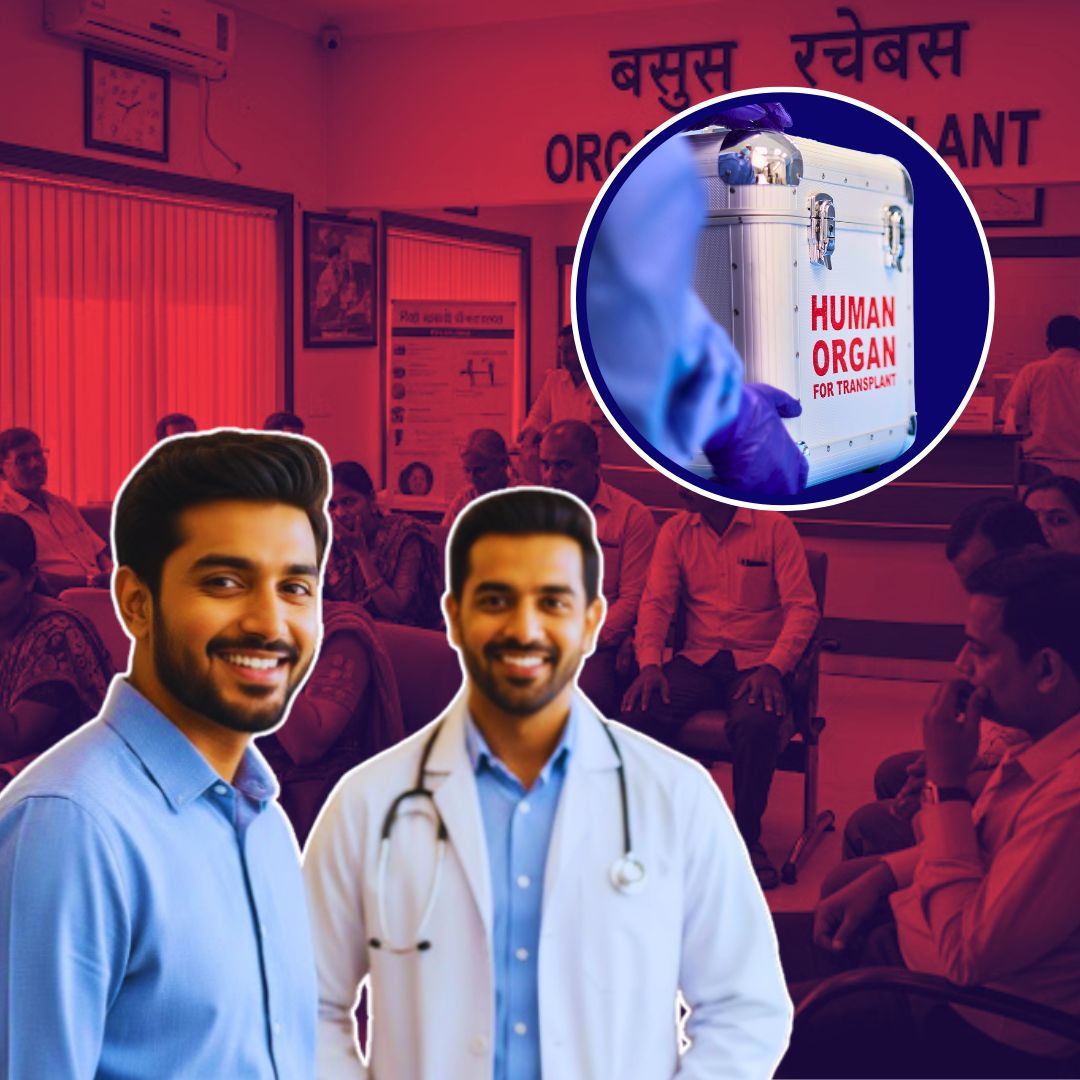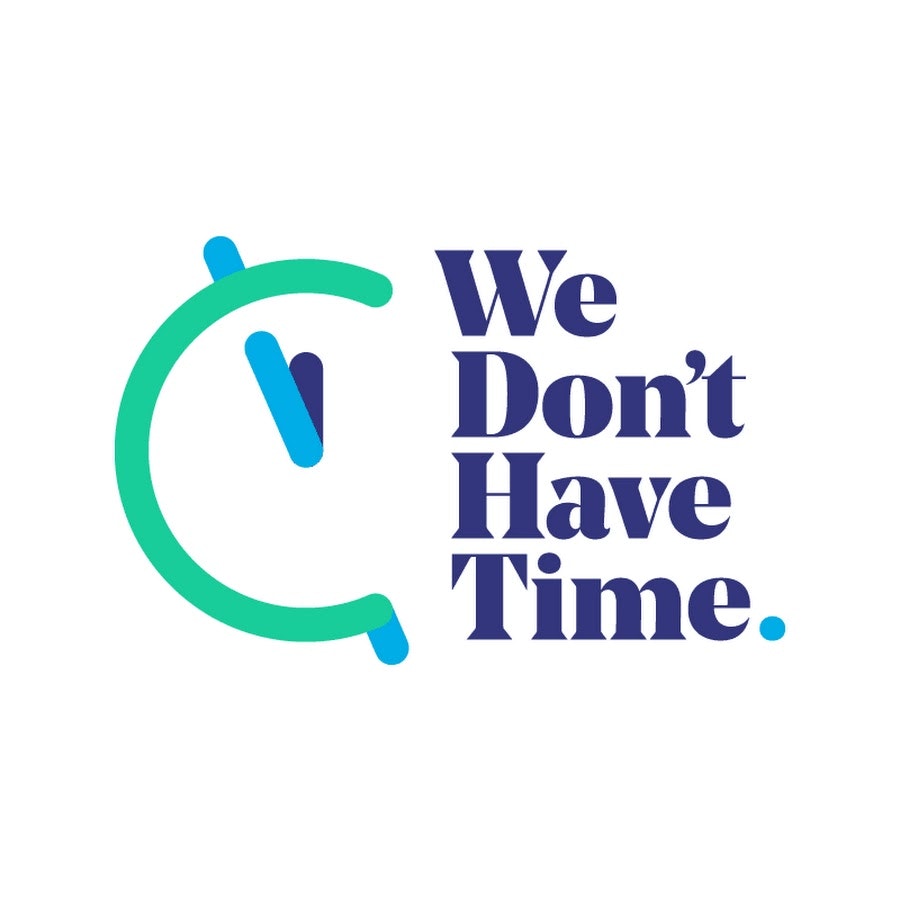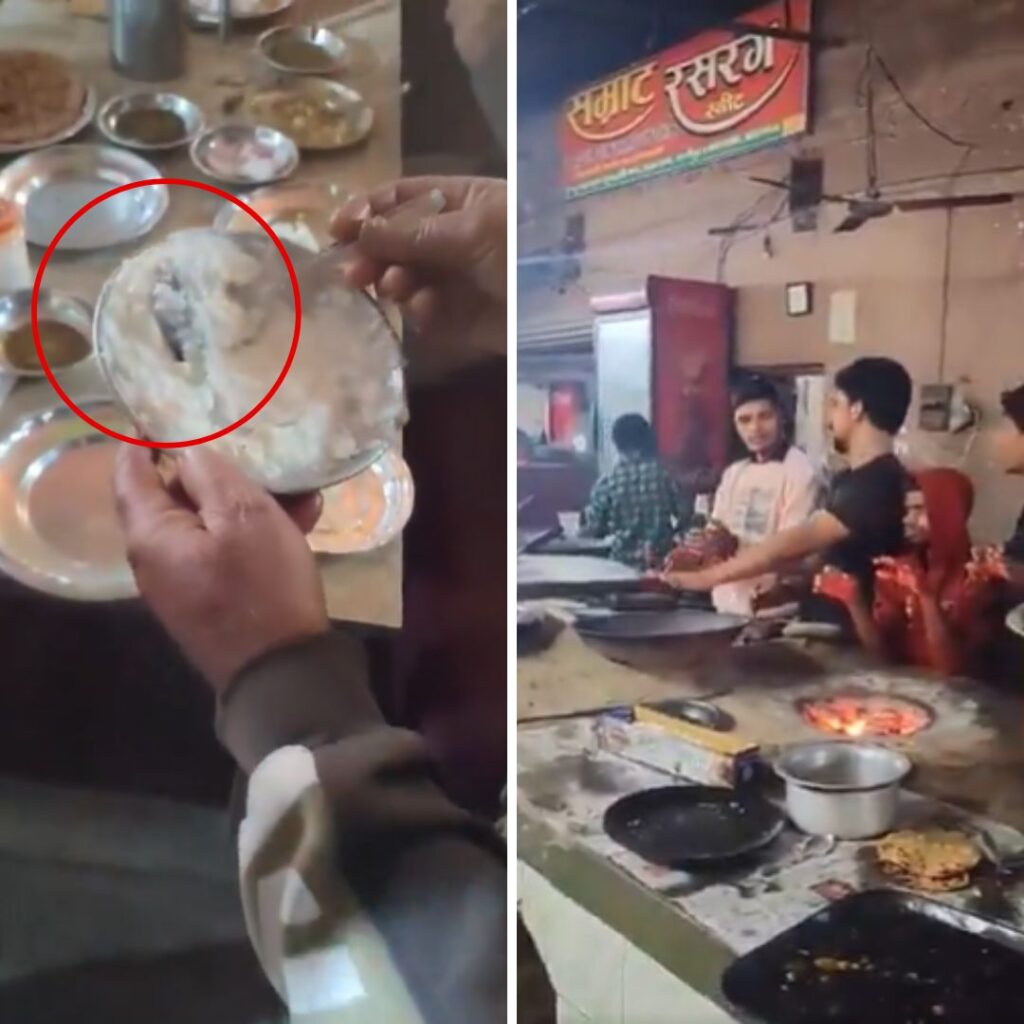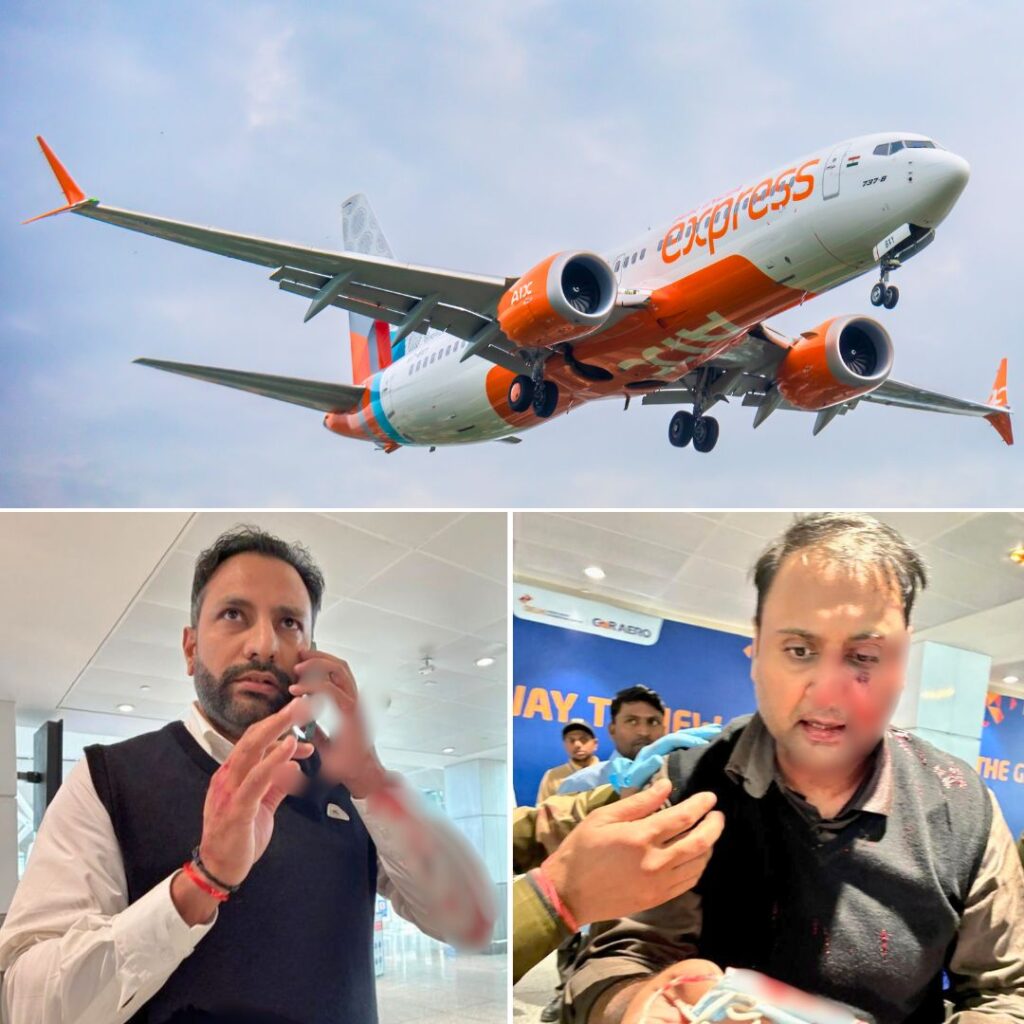India reached a milestone in 2024 with a record 18,911 organ transplants, reflecting both medical progress and increased awareness. However, the country’s organ donation rate still lags at just 0.81 per million population, among the world’s lowest, failing to keep pace with rising demand.
Officials, patients, and health advocates call for urgent action on public awareness, cultural barriers, and healthcare infrastructure to bridge the gap, warning that tens of thousands continue to wait for lifesaving organs.
Record-Breaking Numbers, Stubborn Realities
In 2024, the National Organ and Tissue Transplant Organisation (NOTTO) reported India’s highest-ever organ transplant figure, with transplants covering kidneys, livers, hearts, lungs, and even composite procedures like hand transplants. This marks a dramatic rise from fewer than 5,000 procedures a decade earlier, cementing India’s position among the global leaders-third in overall transplants and first for living donor surgeries.
Union Health Minister J.P. Nadda credited “policy reforms, expanding hospital networks, and public engagement” for this success, highlighting India’s first-in-the-world achievement in hand transplants and the significant role of living donors.
Yet, officials caution that celebratory numbers do not reflect the full story. India’s organ donation rate remains below one per million, far behind countries such as Spain (52 per million), and even the United States (36 per million).
Over 63,000 patients await kidney transplants and 22,000 need livers every year, with many dying while on waitlists. “For every life saved, many more are left waiting,” said a senior AIIMS transplant coordinator.
Systemic and Social Barriers Persist
Despite policy gains, India continues to face formidable hurdles in bridging the demand-supply gap for organs. Health Ministry officials point out that myths, lack of awareness, and deep-rooted socio-cultural inhibitions around organ donation slow progress. With only 0.81 donors per million, donation rates are especially low in most states except for a few outliers like Tamil Nadu, Delhi, and Telangana, where proactive policies have proven effective.
The government’s recent initiatives, such as mandatory brain death declarations, Aadhaar-linked NOTTO registration portals, and the accreditation of Nontransplant Organ Retrieval Centres, are driving improvements—but not universally.
Logistical barriers further hamper progress. Many smaller cities lack equipped transplant centres and trained professionals, limiting patient access to surgery. Even in urban hospitals, the process for certifying brain death and managing organ retrieval can be mired in delays and bureaucratic hurdles.
As a result, while more than 3.3 lakh pledges have been made through official portals, translating those pledges into actual donations remains an ongoing challenge.
The Human Toll: Patients Left Waiting
The numbers do not capture the stories of the thousands who wait for organ transplants, hoping for a second chance at life. Health experts warn that “for every operation performed, dozens remain unmatched; for many, organ availability comes too late.”
Advocacy groups are calling for more aggressive national awareness campaigns, school-level education, and family counselling at hospitals, arguing that such efforts are critical for changing social attitudes.
The Logical Indian’s Perspective
India’s record-breaking transplant figure is a pivotal achievement, but the challenge now lies in converting awareness into action and policy into practice. The Logical Indian urges a compassionate, dialogue-driven public campaign to normalise organ donation and address lingering social fears.
Strengthening rural healthcare, easing regulatory hurdles, and nurturing hospital-family trust will be essential to ensuring that every citizen in need has real hope.











